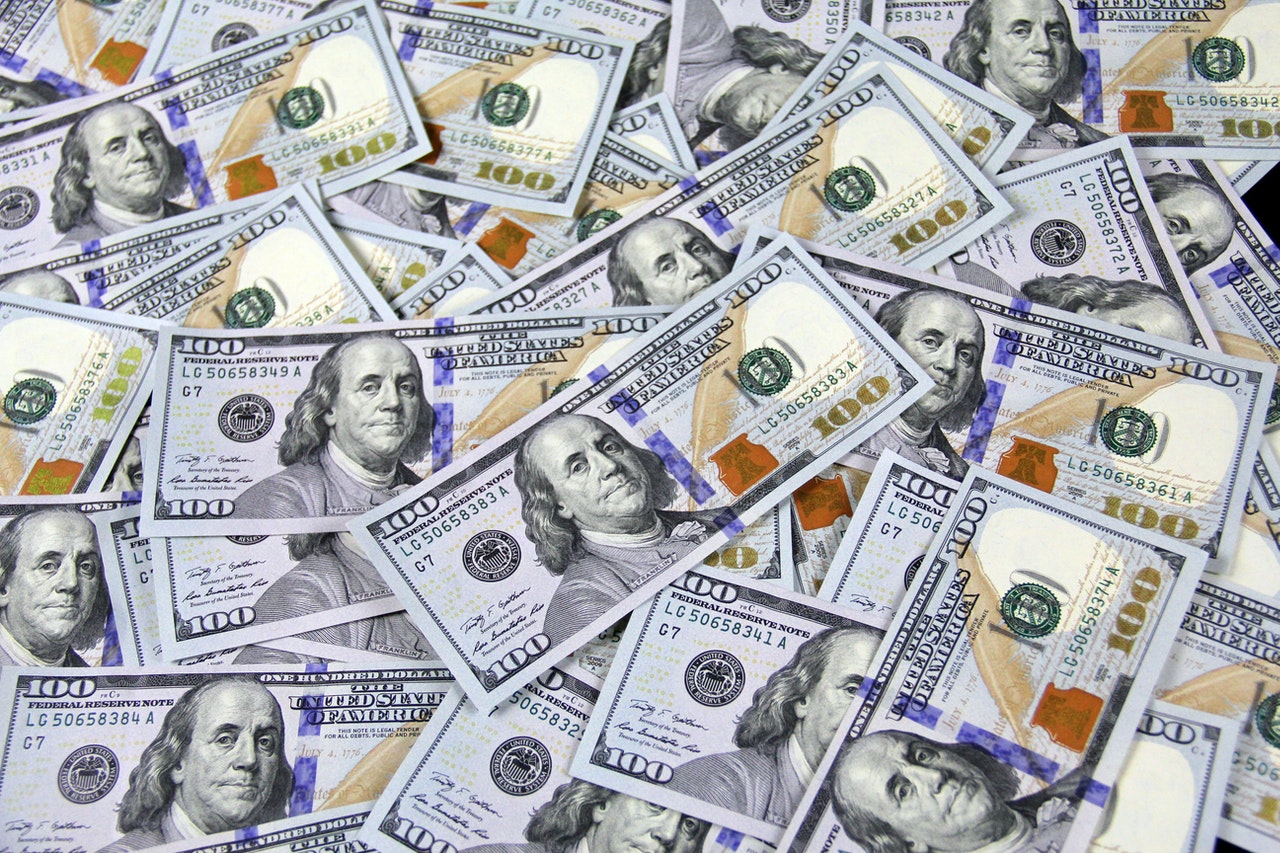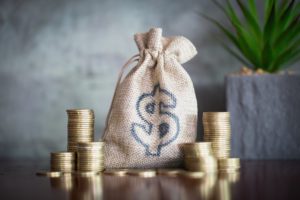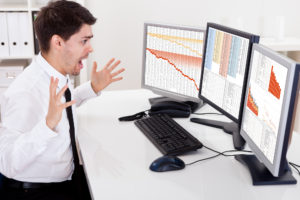Investors interested in dividends should only buy the highest-yielding Canadian dividend stocks if they meet these criteria — and don’t have these risk factors
Dividend yield is the percentage you get when you divide a company’s current yearly payment by its share price.
The best of the highest-yielding Canadian dividend stocks have a history of success
Follow our Successful Investor philosophy over long periods and we think you’ll likely achieve better-than-average investing results.
Our first rule tells you to buy high-quality, mostly dividend-paying stocks. These stocks have generally been succeeding in business for a decade or more, perhaps much longer. But in any case, they have shown that they have a durable business concept. They can wilt in economic and stock-market downturns, like any stock. But most thrive anew when the good times return, as they inevitably do.
Over long periods, you’ll probably find that a third of your stocks do about as well as you hoped, a third do better, and a third do worse. This is partly due to that random element in stock pricing that we’ve often mentioned. It also grows out of the proverbial “wisdom of the crowd.” The market makes pricing mistakes and continually reverses itself. But the collective opinion of all individuals buying and selling in the market eventually beats any single expert opinion.
Canadian dividend stocks and the dividend tax credit
Canadian taxpayers who hold Canadian dividend stocks get a special bonus. Their dividends can be eligible for the dividend tax credit in Canada. This dividend tax credit — which is available on dividends paid on Canadian stocks held outside of an RRSP, RRIF or TFSA — will cut your effective tax rate.
That means dividend income will be taxed at a lower rate than the same amount of interest income. Investors in the highest tax bracket pay tax of around 29% on dividends, compared to 50% on interest income. At the same time, investors in the highest tax bracket pay tax on capital gains at a rate of about 25%.
The Canadian dividend tax credit is actually split between two tax credits. One is a provincial dividend tax credit and the other is a federal dividend tax credit. The provincial tax credit varies depending on where you live in Canada.
A couple of decades ago, you could assume that dividends would supply up to about one-third of the stock market’s total return. Dividend yields are generally lower today than they were a few years ago, but it’s still safe to assume that dividends will continue to supply perhaps a third of the market’s total return over the next few decades. Continue Reading…







